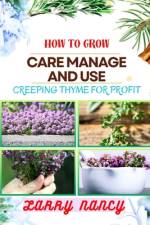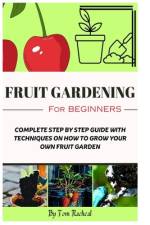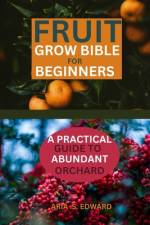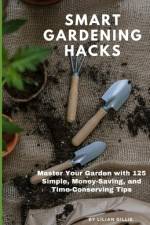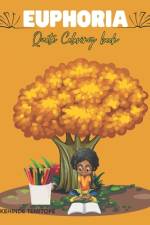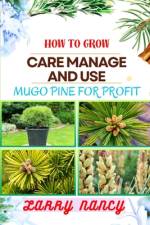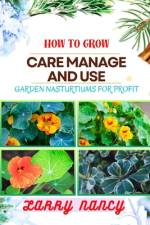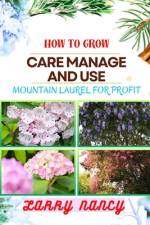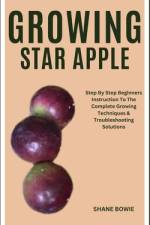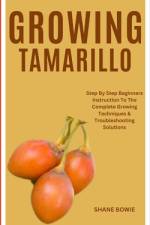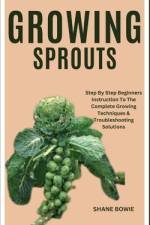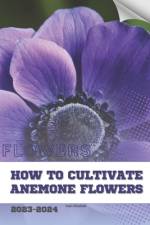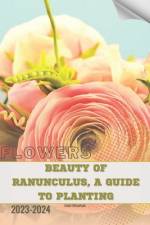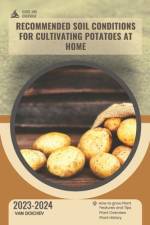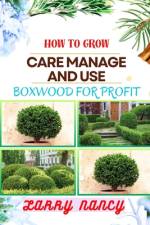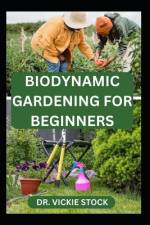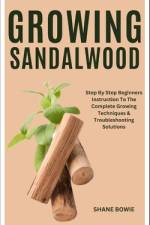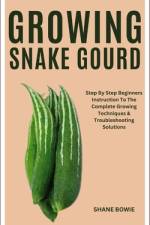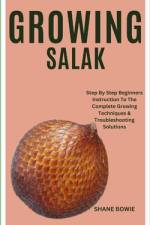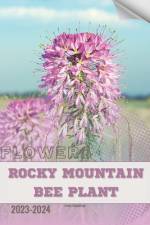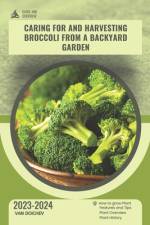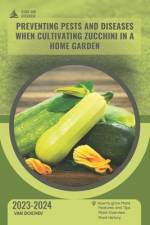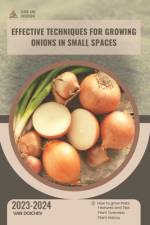- Der ultimative Leitfaden für Gärtner zum Anbau von Kräutern und zur Herstellung natürlicher Heilmittel
av Jenni Rempel
255,-
Sie möchten Kräuter anbauen und Ihrer Familie einen enormen Gesundheitsschub verschaffen, wissen aber nicht, wie Sie anfangen sollen? Suchen Sie nach einer kostengünstigen Möglichkeit, Gesundheit und Wohlbefinden auf natürliche Weise zu fördern, ohne sich auf die Apotheke zu verlassen? Dann lernen Sie in 5 einfachen Schritten, Ihre eigene Medizin anzubauen - Ihre Gesundheit und Ihr Wohlbefinden beginnt bei Ihnen und Ihrem Garten. Unsere Gesundheit sollte nicht von Besuchen in der Apotheke und teuren Medikamenten mit lähmenden Nebenwirkungen abhängen. Die Wissenschaft sagt uns jetzt, dass wir das nicht müssen. Sie können Ihre eigene Gesundheit und die Ihrer Familie selbst in die Hand nehmen. Wie oft sind Sie oder ein Familienmitglied schon krank geworden und Sie hatten keine Lösung parat? Sind Sie darauf vorbereitet, die Erste Hilfe für Ihre Familie zu leisten? Fragen Sie sich, wie Sie Krankheiten bis hin zu häufigen Krankheiten, herstellen können. Und das alles zu einem Bruchteil der Kosten! In diesem Leitfaden für die Abkehr von der Apotheke finden Sie nur einen Bruchteil dessen, was Sie entdecken werden: 65 Kräuter, Gewürze, Blumen und Samen, die Ihre Gesundheit fördern, die Symptome chronischer Erkrankungen lindern und vielen anderen Krankheiten vorbeugen könnenWissenschaftliche Beweise für die positiven Auswirkungen von Kräutern auf Ihre Lebensqualität - aber ohne Fachchinesisch!Der sichere Weg, pflanzliche Heilmittel zu verwenden und gleichzeitig die Kraft dieser Kräuter zu respektierenEinfache Lösungen, die Ihnen beim Schlafen helfen, Ihre Stimmung heben und Ihnen sogar ein gutes Gefühl gebenSpezielle Kräuter, die die Schwangerschaft angenehmer machen können, denn Ãbelkeit und Wadenkrämpfe müssen Sie nicht ausbremsen5 einfache Schritte zum Anlegen eines Kräutergartens in jeder GröÃe mit leicht verständlichen Anleitungen zu allem, vom gesunden Boden bis zur Ernte Ihrer KräuterDer entscheidende Unterschied zwischen frischen und getrockneten Kräutern - schockierenderweise sind frische Kräuter nicht immer die bestenRichtige Lagermethoden, damit Ihre selbstgezogene Apotheke nicht ausgeht, wenn Sie sie am meisten brauchen11 Möglichkeiten, wie Sie Ihre Kräuter in Heilmittel verwandeln können, ohne viel Erfahrung und ohne viel Geld auszugeben10 Rezepte zum Kochen, für Tinkturen, Sirupe und Aufgüsse, um Ihrer Kräuterkreativität auf die Sprünge zu helfen und Ihre Hausapotheke zu erweiternUnd vieles mehr. Selbst wenn Sie keine Ahnung haben, was eine Tinktur oder eine Salbe ist, können Sie lernen, wie man Kräuter anbaut und sie in wirksame, bewährte Heilmittel verwandelt. Wenn Sie Ihr hart verdientes Geld nicht länger der Pharmaindustrie überlassen wollen, dann scrollen Sie nach oben und klicken Sie jetzt auf die Schaltfläche "In den Warenkorb".vorbeugend behandeln können - und das zu einem Bruchteil der Kosten (und Nebenwirkungen) aus der Apotheke? In diesem leicht verständlichen Handbuch lernen Sie in einfachen Schritten, wie Sie 65 Kräuter anbauen und ernten können, und wie Sie ganz einfach pflanzliche Heilmittel für alles, von der Ersten Hilfe

